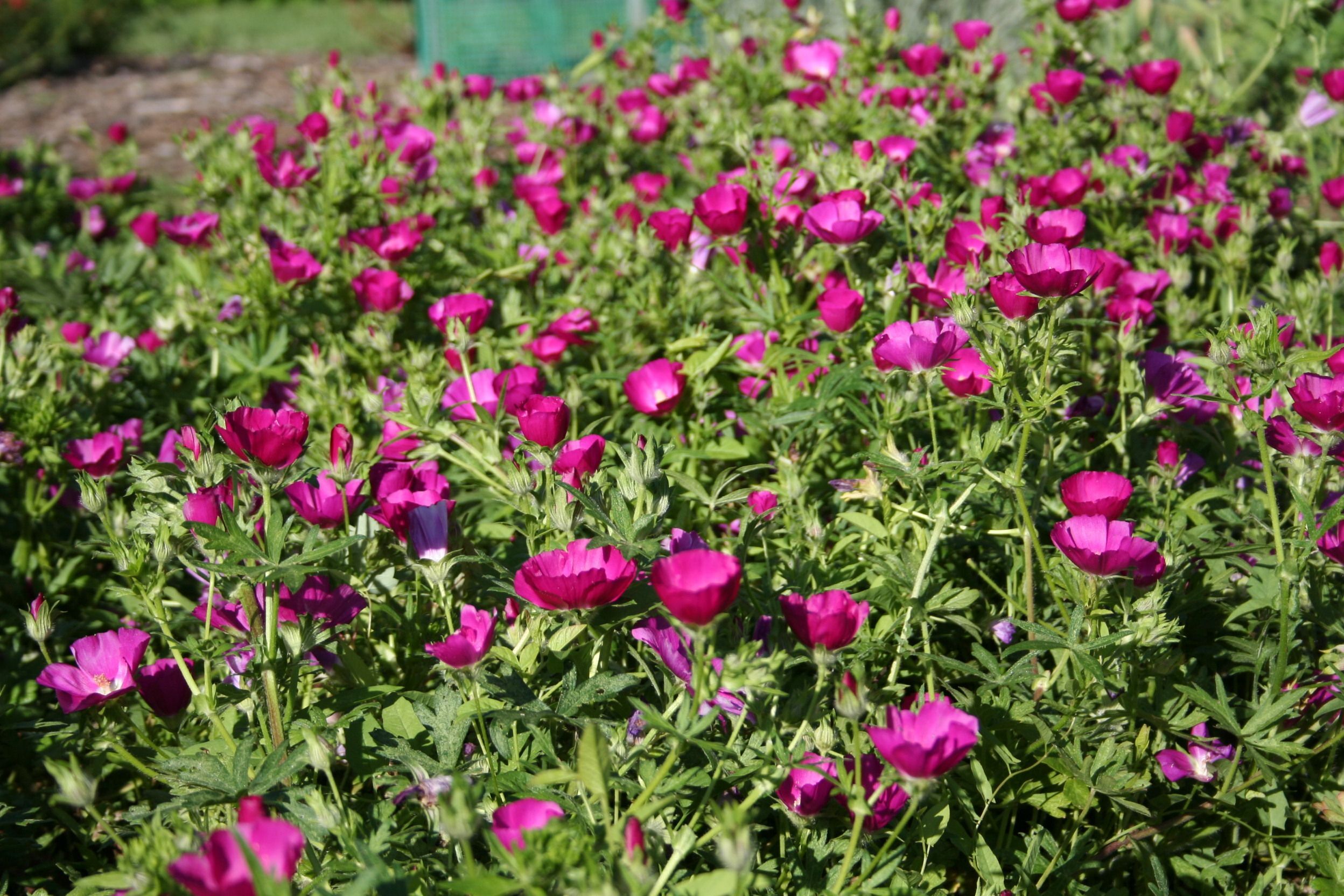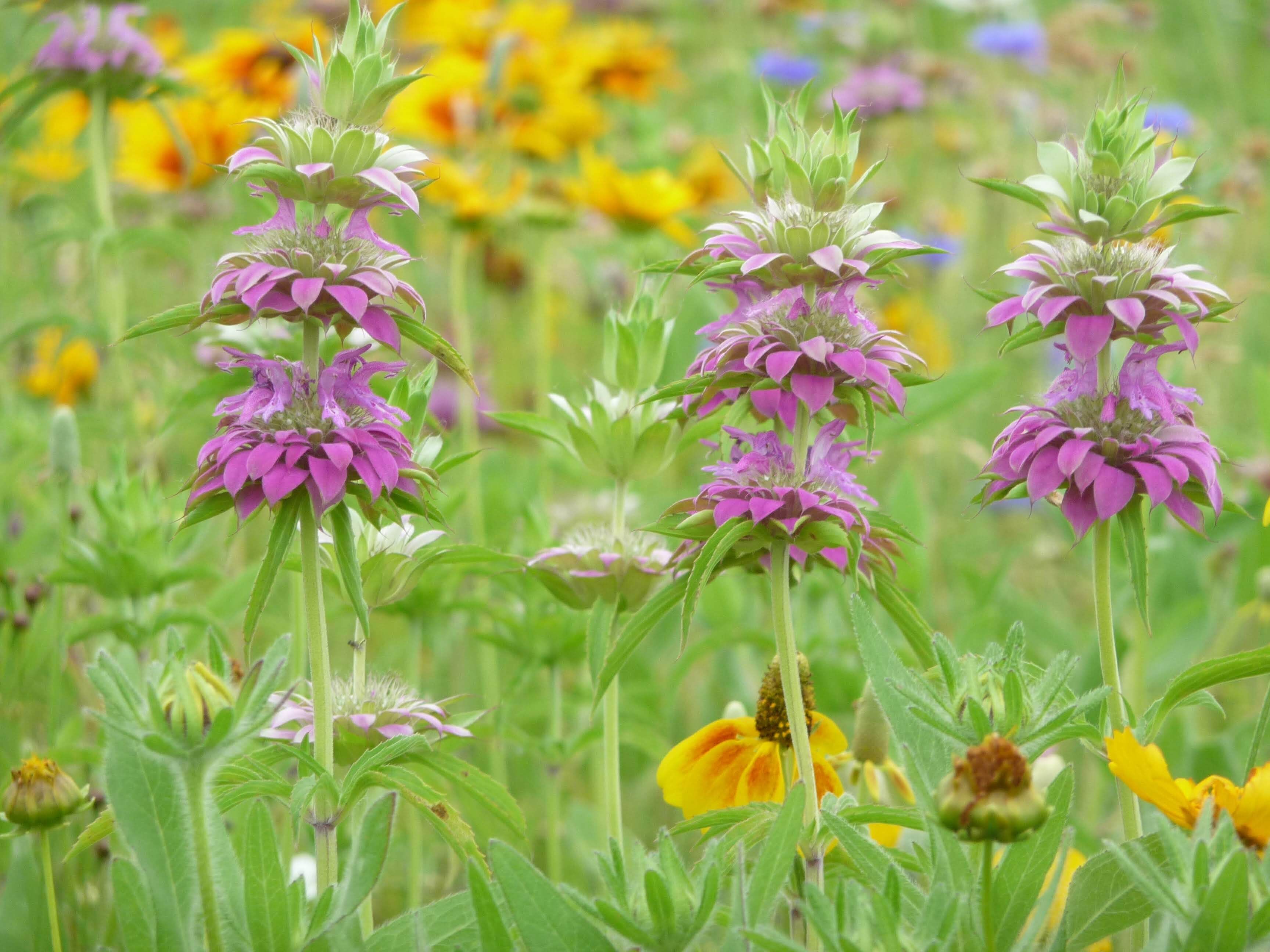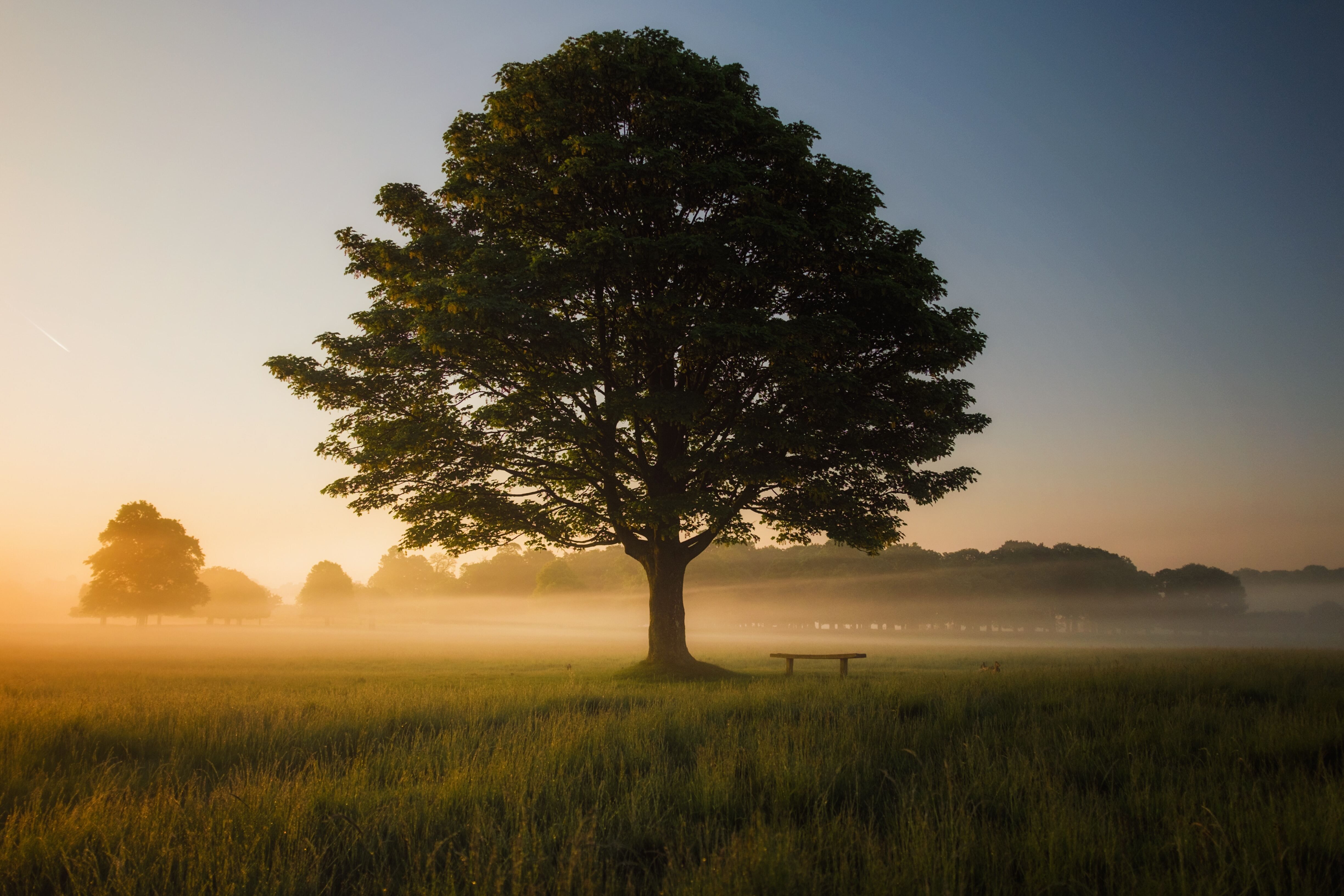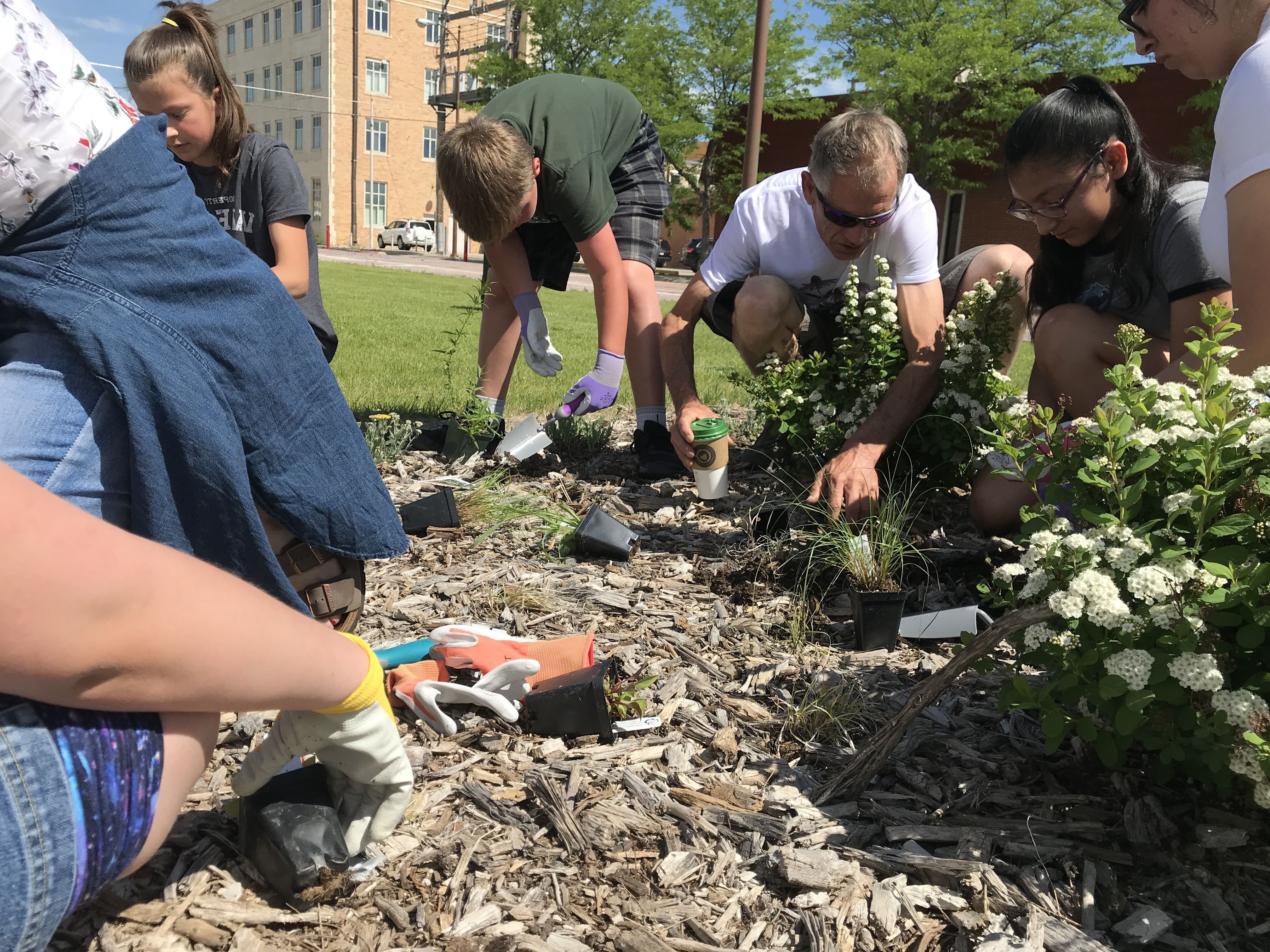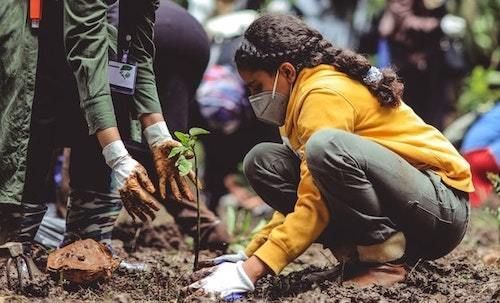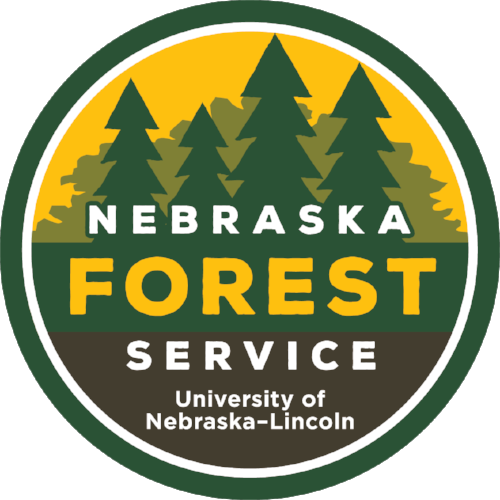
When people hear that I’m a tree person, they often ask, “What’s that tree that blooms in early spring and smells absolutely terrible?” Their question gives me the opportunity to talk about the dangers of Callery pear.
Callery, or Bradford, pear trees (Pyrus calleryana) are ubiquitous in eastern Nebraska. With their profusion of white blossoms and rancid odor, they are hard to miss this time of year. Don’t get me wrong; I’m not villainizing a tree just because it smells bad (in fact, I can’t even smell it, so I have no idea what you’re all talking about). The real problem is that this popular landscape tree is wreaking havoc on our natural areas.
From Most Wanted to Invasive Species
Callery pear was cultivated from pear trees native to China and Vietnam and was first introduced in the U.S. in the early 1900s. It was prized for its ability to grow in almost any soil condition, as well as for its versatility. In fact, Callery pear thrives in nearly every state in the continuous U.S. Its beautiful, white spring blooms also played a role in the tree’s popularity across the country.
Now, more than 100 years later, the Callery pear has landed on a different kind of “Most Wanted List.” Over the last 20-30 years, tree lovers and researchers nationwide have sounded alarm bells about the invasive nature of these trees. While individual cultivars of Callery pear are self-sterile—meaning they can’t breed with another tree of their same cultivar—trees can cross-pollinate and multiple if there are different cultivars nearby. And boy do they ever multiply.
While Callery pear spread is not as much of an issue in managed landscapes where the seedlings are pulled or mowed over, it is a major problem in natural landscapes. Callery pears spread from parks and yards to establish themselves in grasslands and along woodland edges (see the photo above, where callery pear are starting to spread into the natural area alongside the Jamaica Trail in Lincoln), where they have the ability to outcompete many of our native trees.
Callery pear doesn’t support the ecosystem nearly as well as our native trees do. It’s not as useful for birds or insects, it doesn’t typically play nicely with other plants, and its weak wood and branch structure make it susceptible to damage from high winds and ice storms, which are plentiful in Nebraska.
Because of these weaknesses, Callery pear has landed on the invasive species list in a number of states (with more added each year) and on hundreds of “Do Not Plant” lists. A few states have even offered Callery pear bounties!
Let’s Work Together to Eradicate Callery Pear
If you’re looking to add a tree to your yard, think twice about planting a Callery pear. Instead, plant a tree that’s native to the Great Plains. Black cherry, for instance, offers a similar structure and blossoms. Another good choice is serviceberry, which is smaller and more shrub-like, but offers similarly beautiful, early spring flowers (that don’t smell bad!).
Second, remove any Callery pear trees currently on your property. You can also volunteer to help remove seedlings from parks and alongside city trails.
Third, help educate others in a kind and informative way. Partner with your homeowner’s association or your neighbors to remove Callery pear trees in your neighborhood and replant with native trees. Talk to local and state decision-makers about banning the trees from being sold in your area.
With a little effort, education and collaboration, we can work to prevent Callery pear from wreaking further havoc on our natural landscapes.

